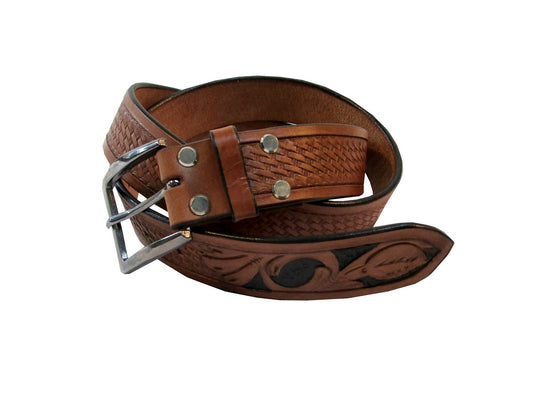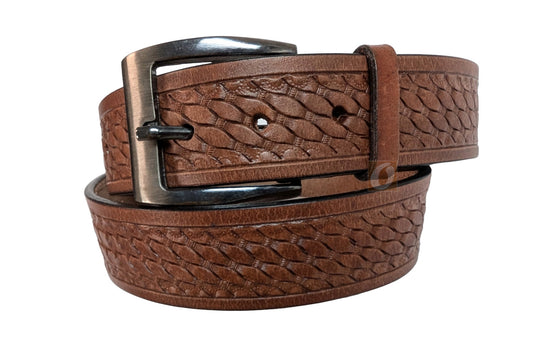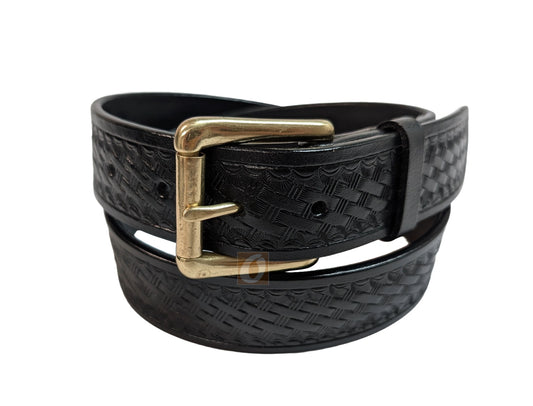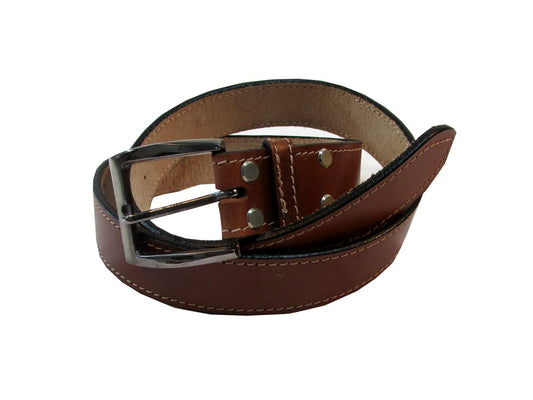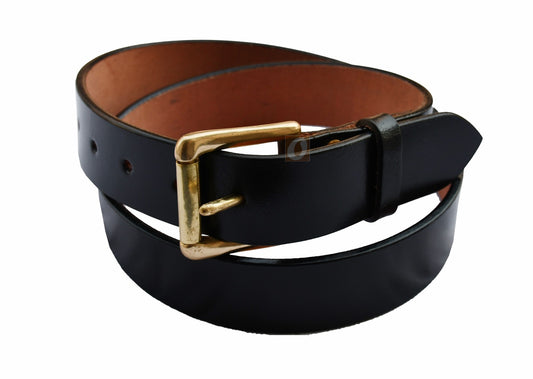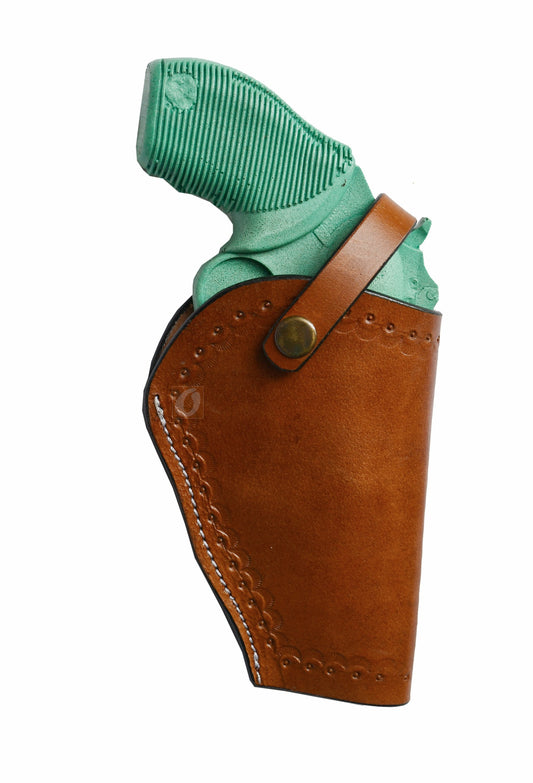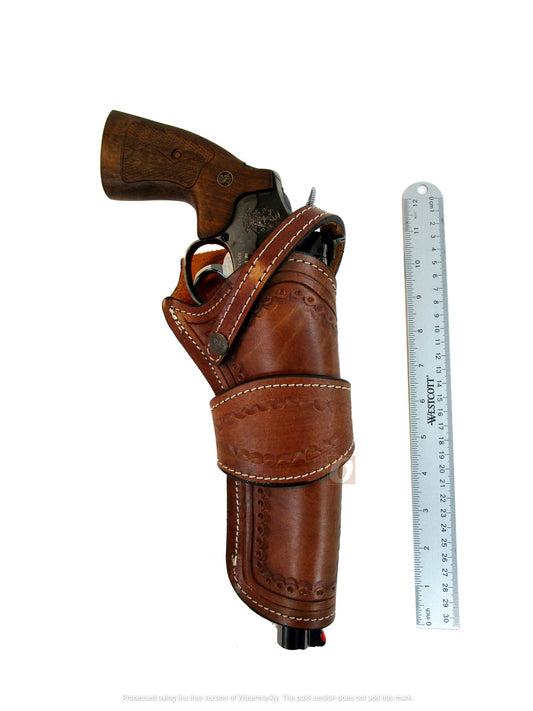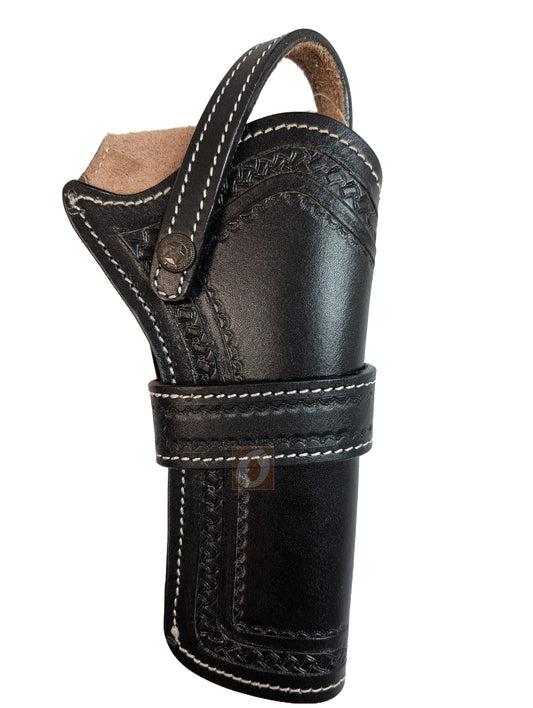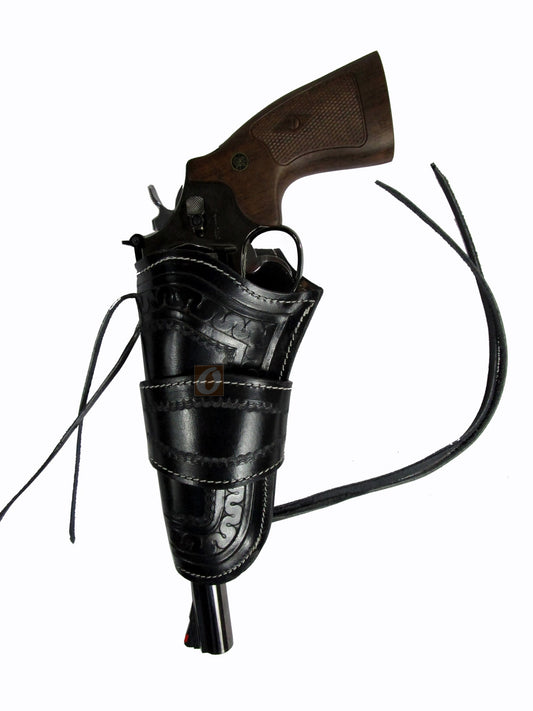Holsters for Training: Which Type Is Best for Your Practice Sessions?
Best Holsters for Training — Which Style Helps You Build Real Everyday Carry Skill?
If you're serious about training for real-life readiness — not just theory — the holster you train with matters as much as the firearm. The right holster should build smooth muscle memory, confident draws, and safe handling habits that transfer to everyday carry (EDC).
Why Your Training Holster Matters
Not every holster is made for high-movement training. The ideal training holster stays secure, draws cleanly, and remains stable through repeated reps — while matching the way you actually plan to carry.
Most Effective Holster Styles for Civilian Training
1. IWB Holster — Train the Way You Actually Carry
Most responsible carriers use concealed IWB daily — so training with an IWB makes your draw and concealment movements realistic. It teaches speed without printing or snagging clothing.
Best for: Real concealed-carry practice
Shop IWB Leather Holsters
2. OWB Holster — Best for Open Movement & Fundamentals
OWB sits outside the waistband and offers the cleanest, fastest draw angle — ideal for range training or early-stage muscle memory before concealed-carry refinement.
Best for: Fast draw development & early training
Explore OWB Leather Holsters
3. Leather Holsters — Comfort for Long Training Sessions
Leather molds to your body and firearm — perfect for long-duration training, especially when working movement, retention, and handling under pressure.
Best for: All-day comfort and authentic EDC feel
View Leather Training Holsters
4. Crossdraw Holsters — Smart for Vehicle & Seated Drills
Crossdraw shines for vehicle scenarios or seated defensive positions — giving access without twisting around belts or armrests.
Best for: Seated carry, truck defense, mobility
Shop Crossdraw Training Holsters
Training Tips for Safer, Smarter Practice
Start Slow — Then Build Speed
Speed comes after technique. First master smooth, snag-free motion — then increase pace.
Train With a Purpose — Not Just Rounds Fired
Practice clearing clothing, safe angles, and disciplined reholstering — your holster is part of your defensive system.
Retention Matters Even in Civilian Life
Choose a holster that secures the firearm while moving, bending, or seated — issues happen during chaos, not calm.
Helpful Next Reads Before You Decide
- OWB vs IWB — Which Carry Style Fits Your Everyday Life Best? - How to Choose the Right Holster for Your Firearm
Ready to Train with Confidence?
Start with a holster built for real-world civilian carry — secure, comfortable, and training-approved: - Main Holster Collection - Crossdraw Holsters - Belts
FAQ
Can I train with a different holster than I carry?
You can — but it’s not ideal. Train with the holster you actually plan to carry daily for true muscle memory.
Is leather good for training?
Yes — leather offers comfort and body conformity for longer sessions while maintaining secure retention.
Do I need extra retention for civilian training?
If you move a lot — yes. Even everyday carry benefits from solid retention during stress, running, or unexpected scenarios.


